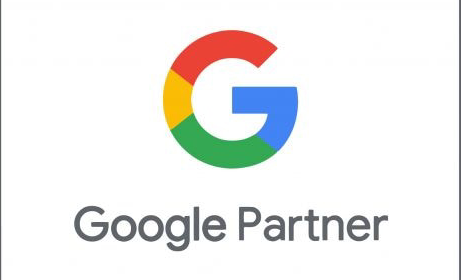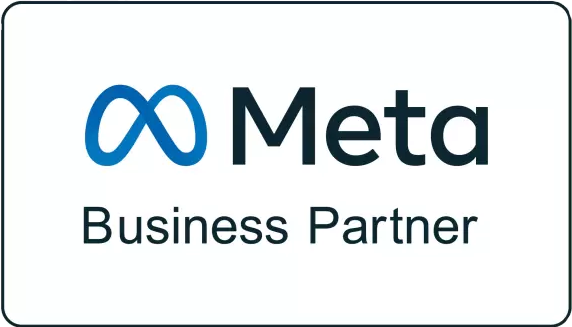If you are looking for the most trustworthy company to design an ADA Compliant Website look no further than UltraWeb Marketing! Businesses are doing the right thing and incorporating more web accessibility practices into daily digital activities. These businesses use solutions that enable them to simultaneously open their websites to all and comply with ADA regulations. Although there are affordable options available for all businesses, the accessibility fees that are paid into both the offline and online worlds can add up quickly by the end.
The U.S. government supports accessibility practices that are compliant with the Americans with Disabilities Act (ADA). This is why they offer a tax credit to encourage and sustain these efforts. A credit is an amount you subtract from your total liability after you have calculated your taxes.
What is the ADA tax credit?
The tax credit is listed under Section 44. It covers 50% of eligible access expenditures during the preceding tax year with a maximum limit of $10,250. The first $250 of eligible access expenditures is not eligible for credit, so it is subtracted accordingly. The maximum credit that a business can get is $5,000.
Let’s take, for example, a company spending $490 on access widgets. This is its annual accessibility fee. This would leave $240. We would then subtract $250. This means that the business receives 50% of what is left, which equals $120 credit. AccessWidget would cost a company $370 per year.
Are you eligible to receive the ADA Tax Credit?
Businesses that have 30 or fewer employees or who have a turnover of $1,000,000 or less in the year preceding filing are eligible for the ADA tax credit benefit.
What does the ADA Tax Credit mean for accessible websites?
The ADA was originally created with the intent of adjusting its rules and regulations to adapt to the changing internet landscape. Currently, the ADA applies to websites. It does not mandate accessibility in digital spaces. Businesses that invest in accessible sites will be eligible for a tax credit.
While many accessibility practices and methods of implementation are included within the qualifying expenditures list, there are also many other accessibility elements that you should consider when calculating your annual accessibility fees. These include page structure and hierarchy adjustments, homepage messaging, live chat support that makes sites more accessible, and messaging (copy or content). Also, you can consider paid-for services like file and media restoration as expenditures.
What are the stipulations you should be aware of?
The good news is that you can apply for the ADA tax credit on an annual basis. However, you cannot carry over expenditures from previous years to claim credit that exceeds the limit. If the credit amount that you are entitled to exceed what you owe in taxes, you can roll any credit left over into the next fiscal year.
This tax credit covers the following expenditures related to accessibility and ADA:
- Web accessibility tools or solutions that optimize websites
- Sign language interpreters can be hired
- Purchase of adaptive equipment
- The production of accessible formatting for printed materials (braille large print, audiotape, and computer diskette).
- Removal of architectural barriers in vehicles or facilities
- Consulting fees
ADA Compliant Website
Facebook | Twitter | Google+ | YouTube | Pinterest | Instagram









